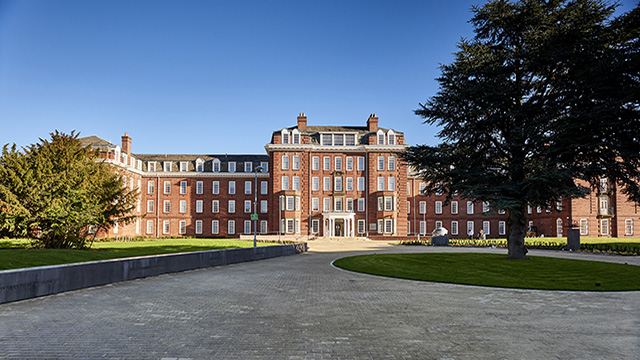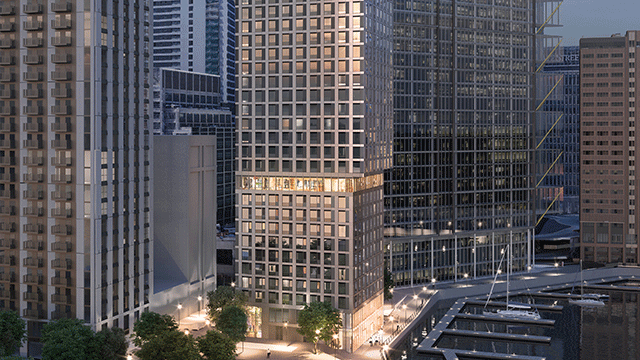Landowners will be required to declare their intentions to seek rights to light injunctions within a set deadline, under a draft law proposed by the Law Commission
The Rights to Light (Injunctions) Bill, published as part of the Law Commission’s final 229-page report on rights to light, said claimants should lose their right to an injunction to protect their right to light if they do not notify developers within a specified time frame.
The bill also sets out a test to clarify when courts can order damages instead of stopping development or ordering demolition.
It comes 18 months after the Law Commission launched a consultation on rights to light law following outcry from the development community which followed the 2011 “Heaney case” in the high court, which threw rights to light into uncertainty and weakened developers’ hands.
Other recommendations include:
• an updated version of the procedure that allows landowners to prevent their neighbours from acquiring rights to light by prescription;
• clarification of the law governing where an unused right to light is treated as abandoned; and
• a power for the Lands Chamber of the Upper Tribunal to discharge or modify obsolete or unused rights to light.
Professor Elizabeth Cooke, law commissioner leading the project, said: “Rights to light are important, particularly for homeowners. The law must continue to protect them. But it is essential that the law provides an appropriate balance between the protection of light and the development of the modern, high-quality residential, office and commercial premises we need in our town and city centres.
“Our reforms will clarify the legal relationships between the parties, bring transparency and certainty, and reduce the scope for disputes. Where disputes do happen, it will be easier and quicker for landowners, developers and the courts to resolve them.”
Nabarro partner Nick Lloyd welcomed the report’s recommendations, which could help developers pursue schemes more quickly.
He said: “Developers will be pleased that the Law Commission describes rights of light as ‘archaic’ and ‘unclear’ and acknowledges that settling rights of light disputes can be a major cause of delay to much needed development of homes and commercial buildings, as well the law as it stands encouraging landowners who would ultimately be happy with a money payment, to use silence, delay and the threat of an injunction to drive up the price they are offered by the developer in exchange for a loss of light.”
Reflecting on the report, Gordon Ingram, surveyor and senior partner at GIA, said: “The Law Commission recommendations would cement in statute the Supreme Court’s Coventry v Lawrence judgment. The new proposed statutory test would ensure that the remedy of an injunction or damages is proportionate, and for the first time acknowledge the use of artificial light and the public benefit of a development. Secondly, the Notice of Proposed Obstruction regime would be available for the occasional extreme cases that do exist, where a landowner uses the threat of injunction to better their negotiating position. Together these measures would ensure that mainstream practice, where reasonable settlements are agreed, is strengthened.”
The report is available at: http://lawcommission.justice.gov.uk/publications/rights-to-light.htm
For full analysis of the report, see Estates Gazette’s Practice & Law section on 6 December.











